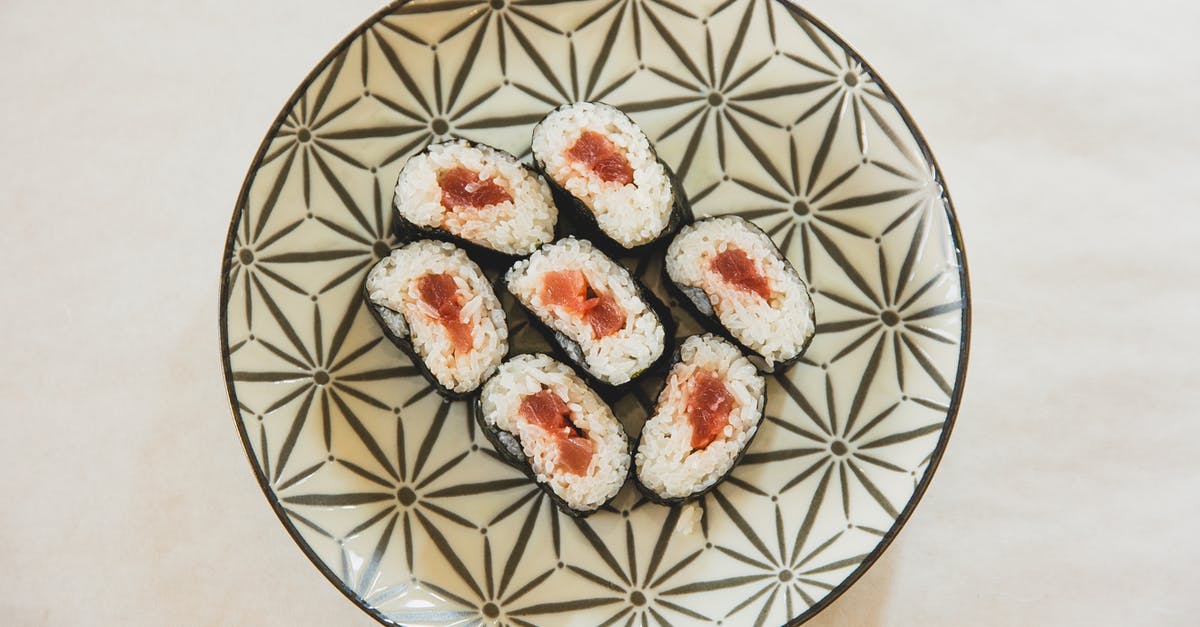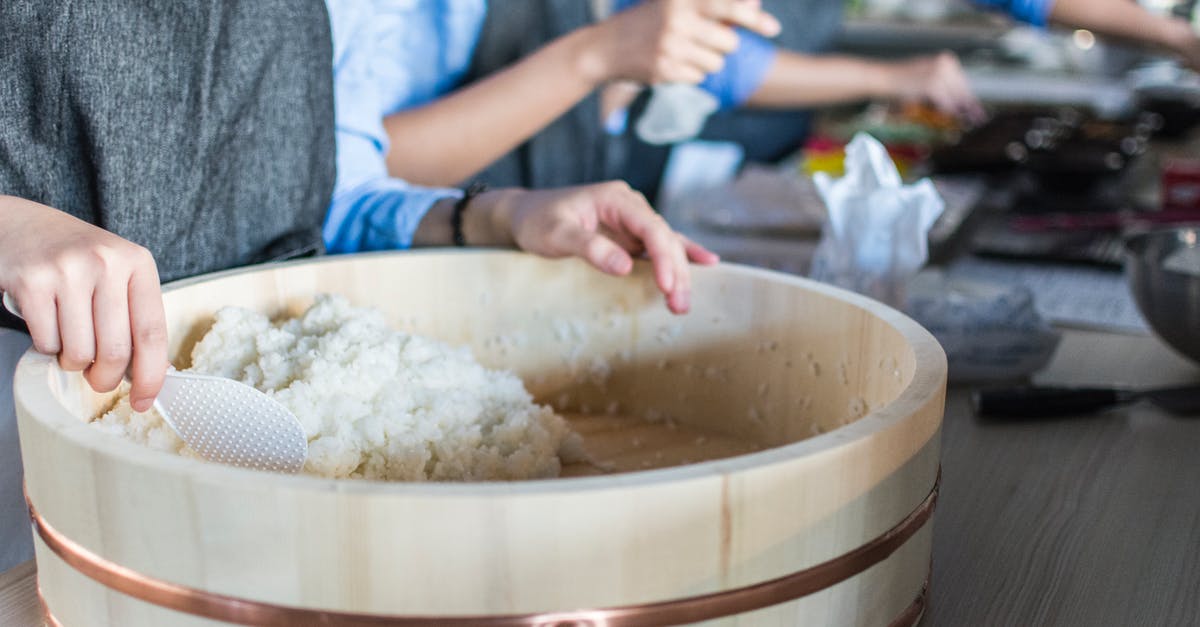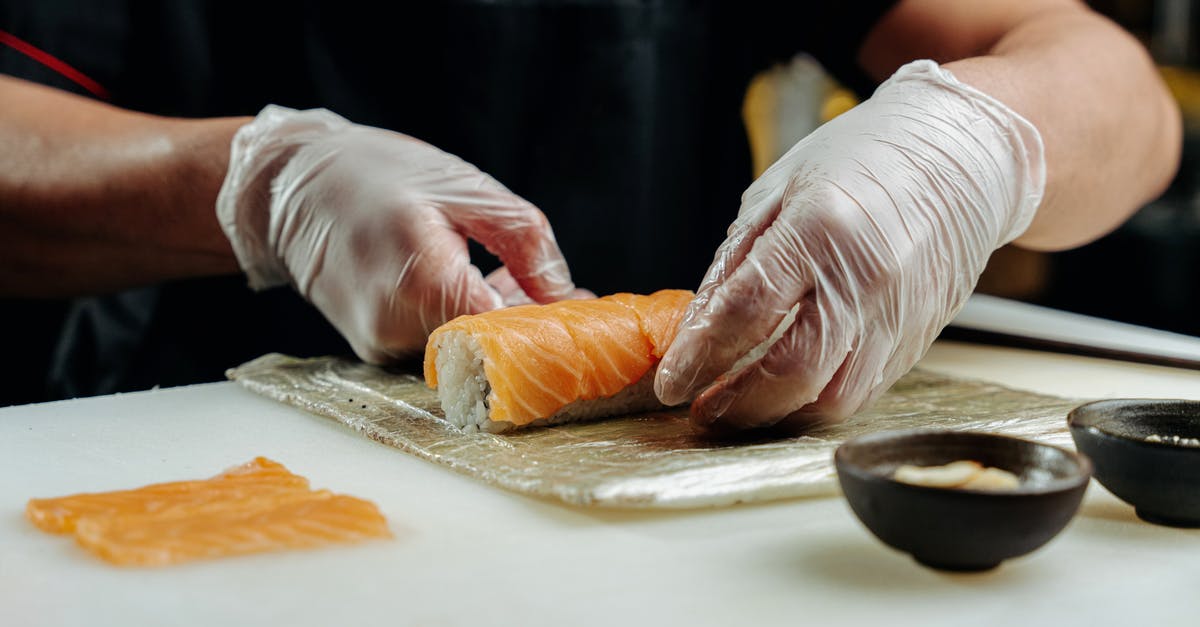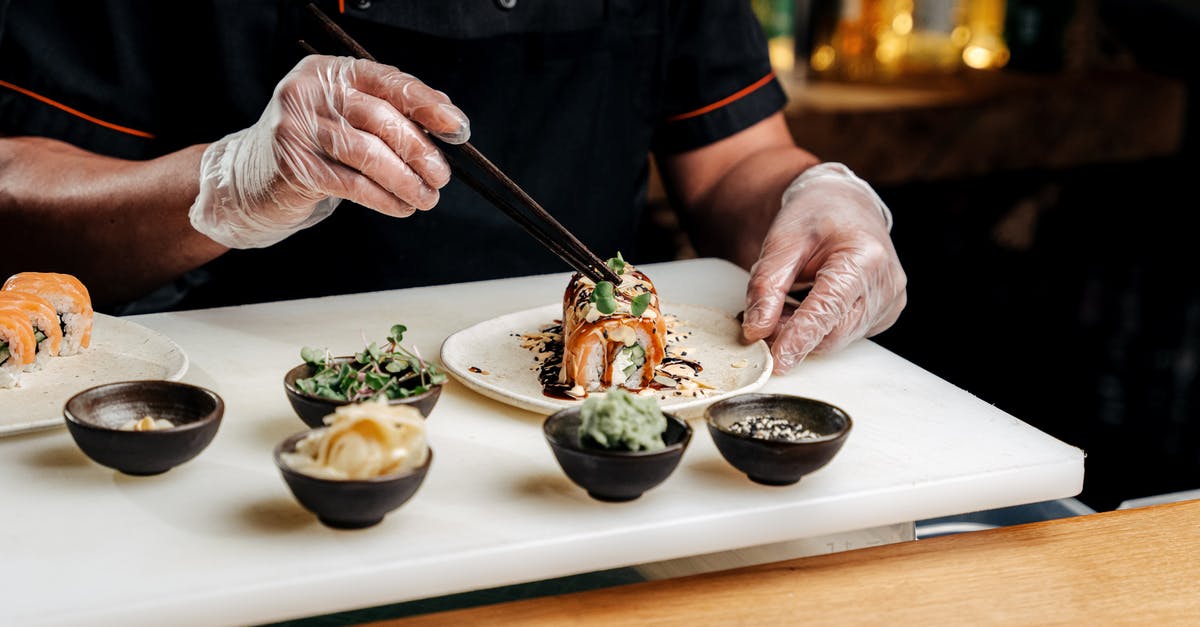Understanding the steps to prepare sushi rice

I'm looking for the equivalent of Peter Reinhart's twelve steps for making bread applied to sushi. Basically, a detailed list of steps and the explanation of why are they important.
For example, most recipes mention that soaking the rice is essential to remove starch and avoid rice getting too sticky. That's good advice, but later, they give the exact time the pot must be on high heat and then on low heat, regardless of the type of kitchen. Even Serious Eats. Like it didn't matter if you use gas or an electric stove...
I want to understand the role of the vinegar so I can use a different vinegar. Can I boil it or just heat it enough to dissolve the sugar and salt? Why? Why do I need a lid that fits? And so on.
I've tried to google and search in this site, where I found a good stove top method. I'd like to know the whys, so I know what to look for in a cooked rice (like the 205F temperature in bread).
There are recipes for rice cookers, but that's like saying you need a bread machine to get decent bread.
In short, I want to understand how to make sushi rice.
Best Answer
Rinsing rice
Simple - rinse off the extra starch so it's not too sticky. This isn't magic. You're just getting rid of some starch before you go on to the next step. Some people advocate soaking the rice here as well. It's perfectly possible to make sushi rice without doing that, though, just rinsing. The soaking just helps make it easier to get the layer of starch off. If the rice is well-rinsed without it (not sticky, translucent, not white on the surface), don't worry about it.
Steaming rice
This is really pretty simple - you want to bring the water to a simmer (not a rolling boil) in order to fill the closed vessel with steam, keep it there until the rice is cooked, then let it rest in order to take up any remaining water.
The Serious Eats article you linked to is really perfectly fine here - it does not give a time for high heat, but rather says to bring to a simmer over high heat (i.e. as fast as possible) then simmer for 15 minutes on low heat (i.e. only enough to make it simmer). It doesn't matter at all whether the heat is coming from electricity or gas, and it doesn't matter that much how powerful your stove is - it might make a difference of a minute or two in how long it takes for it to come to a simmer, but that's not a huge deal. If the total cooking time is a little longer, it just means it'll have absorbed all the water a bit sooner.
Of course if your stove is very far from normal, like say a backpacking stove that takes 30 minutes to heat the water to a simmer, that'd be different. And if your stove is so powerful that even on its lowest setting it cooks the rice dry on the bottom and it sticks to the pot, that's obviously a problem. But I doubt that's the case. It will pretty definitely work. If it's a little off, you can adjust the cooking time a little bit. But no author can tell you exactly how powerful your stove is, and I doubt anyone has a table that says "if your stove puts out X BTU, reduce cooking time by 30 seconds." If you've tried many times and had trouble, or are really this worried about it, just get a rice cooker.
You need a lid that fits well because if it's loose, steam will escape, preventing you from actually steaming the rice. There also won't be as much water left for the rice to take up.
What to look for? Immediately after cooking and resting, like Serious Eats says, the water should be all absorbed. If it's not, you didn't let it sit long enough, or maybe you even need to increase the cooking time a minute or two. (If it's way off, make sure your initial measurement of water was right.) The rice should also, well, look like cooked rice. If you try some it shouldn't still be hard in the middle. It should also not be mushy after absorbing way too much water. It should be, well, like sushi rice, except with a bit of extra moisture that you'll remove later.
Vinegar
Using a different vinegar would appear to be addressed by the question you linked to - as they say, it's just a matter of getting the same sweetness and acidity. Being off by a tiny bit will not hurt you, though. Taste it and see what you like. There's room for considerable variation in sushi rice anyway. I've had it with a very light touch of vinegar and sugar, and I've had it with more obvious flavor. So what to look for? It should taste right. "Right" is subjective, so no one can tell you exactly what it means for you, but it's something in the realm of slightly but noticeably sweet and tart.
Heating the vinegar is just in order to make it easy to dissolve the sugar and salt. There's no reason to bother bringing it to a boil - and if you do, it'll have a really intense (unpleasant to most people) smell from the vapors and you'll end up reducing and concentrating it.
Fanning/drying the rice
This is really pretty simple - you're just getting rid of excess moisture while gently mixing in the vinegar. If you destroy all the grains, you're mixing too vigorously. For the final product, again, look back at the Serious Eats article:
If all goes well, your sumeshi should come out slightly sweet and tart, full of distinct grains, and have a texture that holds together when compressed, but is not overly sticky.
The fanning/drying is what helps bring it the rest of the way to that texture. The amount of drying it takes to get there will depend a lot on the conditions in your kitchen, and how much extra moisture was left in the rice, so just check on it now and then. Don't use it while it's still way too wet, and don't leave it for days and let it turn into hard little grains again.
Specifics for electric stoves
If your stove is strong and tends to retain heat, you do have to use a little more care when cooking. Electric stoves (including glass-ceramic ones) do this, but it should really be the same kind of thing you routinely deal with. So we're trying to steam rice, which means bringing the water in the pot up to a simmering/steaming temperature, and holding it there for a bit with the lid on. This is something which is quite possible on an electric stove (including a glass-ceramic one); you just have to know what you're doing. It's also not really at all specific to making sushi rice, but I'll go ahead and explain.
First, remember that you want to bring it to a simmer, not a rolling boil. This means there should be a few bubbles at the bottom of the pot, not a constant stream of large bubbles coming up everywhere, and the pot should be filling with steam with maybe a little leaking out, not spraying it everywhere and forcing it past the lid. If you're getting to a rolling boil, you've gone too far.
If your stove is absurdly powerful, you can start out by just not using it at full power. That'll make it easier to adjust down to low power later.
You should also be aware of roughly long it takes to come to a simmer (a little less than the time to come to a rolling boil), and reduce the heat to low before you get there. You should really be able to manage fine like this. If you still overshoot by a little, you can simply pull the pot off the burner then put it back on once it and the burner have cooled down a little. You can even repeat that a few times - just be careful not to leave it off so long that it's not at a simmer anymore. If you still can't manage to avoid boiling over, then you can just move the pot to another burner that's already on low.
These are the kinds of routine adjustments you should expect to have to make when using an electric stove, no matter what you're making. Rice is just one example. Your stove doesn't change temperatures instantly, so you have to help it out by changing the power early, so that when you want it at the lower temperature, it's there. To put it another way, when a recipe asks for low heat, it means low heat coming from the burner, not a low number on the control knob. So you turn the knob early, so that when you want low heat coming from the burner, that's what's happening.
Pictures about "Understanding the steps to prepare sushi rice"



How do you prepare rice for sushi?
How is sushi made step by step?
InstructionsHow to Make Sushi Rice - The Quickest and EASY Sushi Rice!
Sources: Stack Exchange - This article follows the attribution requirements of Stack Exchange and is licensed under CC BY-SA 3.0.
Images: Ryutaro Tsukata, Huy Phan, Ivan Samkov, Ivan Samkov
